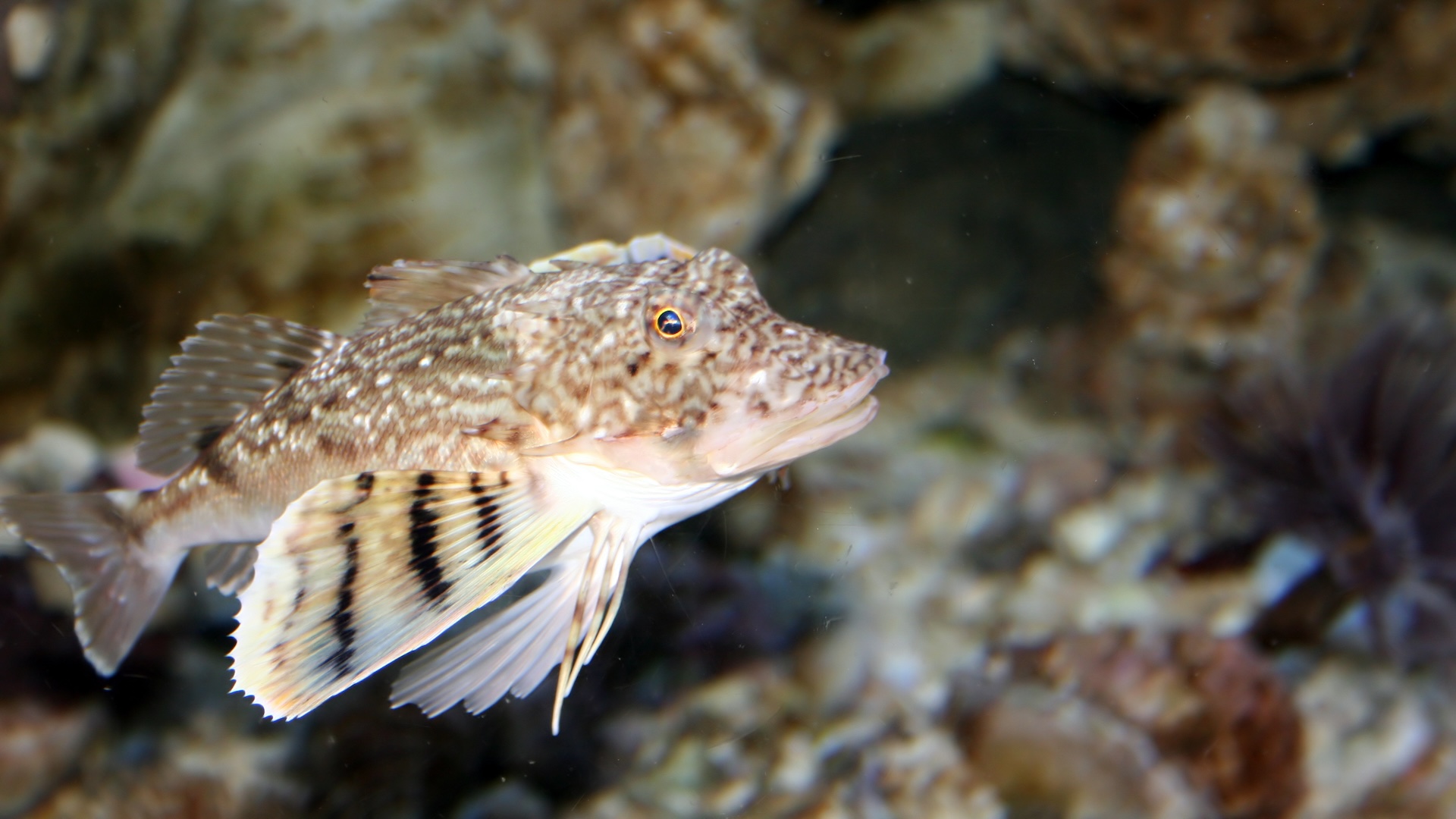Toxics, Vol. 11, Pages 476: Evaluation of Acute Toxicity and Antioxidant Response of Earthworm Exposed to a Lignin-Modified Crosslinked Hydrogel
Toxics doi: 10.3390/toxics11060476
Authors: Humberto D. Jiménez Eulogio Orozco Saira L. Hernández Ana C. Ramírez José M. Velázquez Gilberto Velazquez Amelia del C. Minjarez Adalberto Zamudio Milagros M. Flores Sandra F. Velasco
Hydrogels are polymers of great importance due to their multiple applications, which have led to an exponential increase in their production. However, once they have fulfilled their function, they become waste and their ecotoxicological effects are unknown. The aim of the present study was to evaluate the acute toxicity and total antioxidant capacity of the earthworm (Eisenia fetida) exposed to a terpolymeric hydrogel (acrylic acid, acrylamide, and 2-acrylamido-2-methyl-1-propane-sulfonic acid) crosslinked with modified kraft lignin. Four different amounts of hydrogel per unit area were evaluated (0.0924, 0.1848, 0.9242, and 1.848 mg hydrogel/cm2) plus a control, and three replicates were performed for each group. Starting from the amount of 0.1848 mg hydrogel/cm2, the earthworms showed physiological and behavioral alterations; at higher amounts, 0.9242 and 1.848 mg hydrogel/cm2, more acute signs were observed with mortality rates of 51.7% and 100%, respectively. On the other hand, the antioxidant activity assay showed that the higher the hydrogel exposure amount, the higher the oxidative stress, as evidenced by lower antioxidant activity (67.09% inhibition of the ABTS●+ radical). Therefore, we concluded that the lignin-modified hydrogel generated oxidative stress and acute lethal toxic effects in Eisenia fetida.

 1 year ago
30
1 year ago
30


